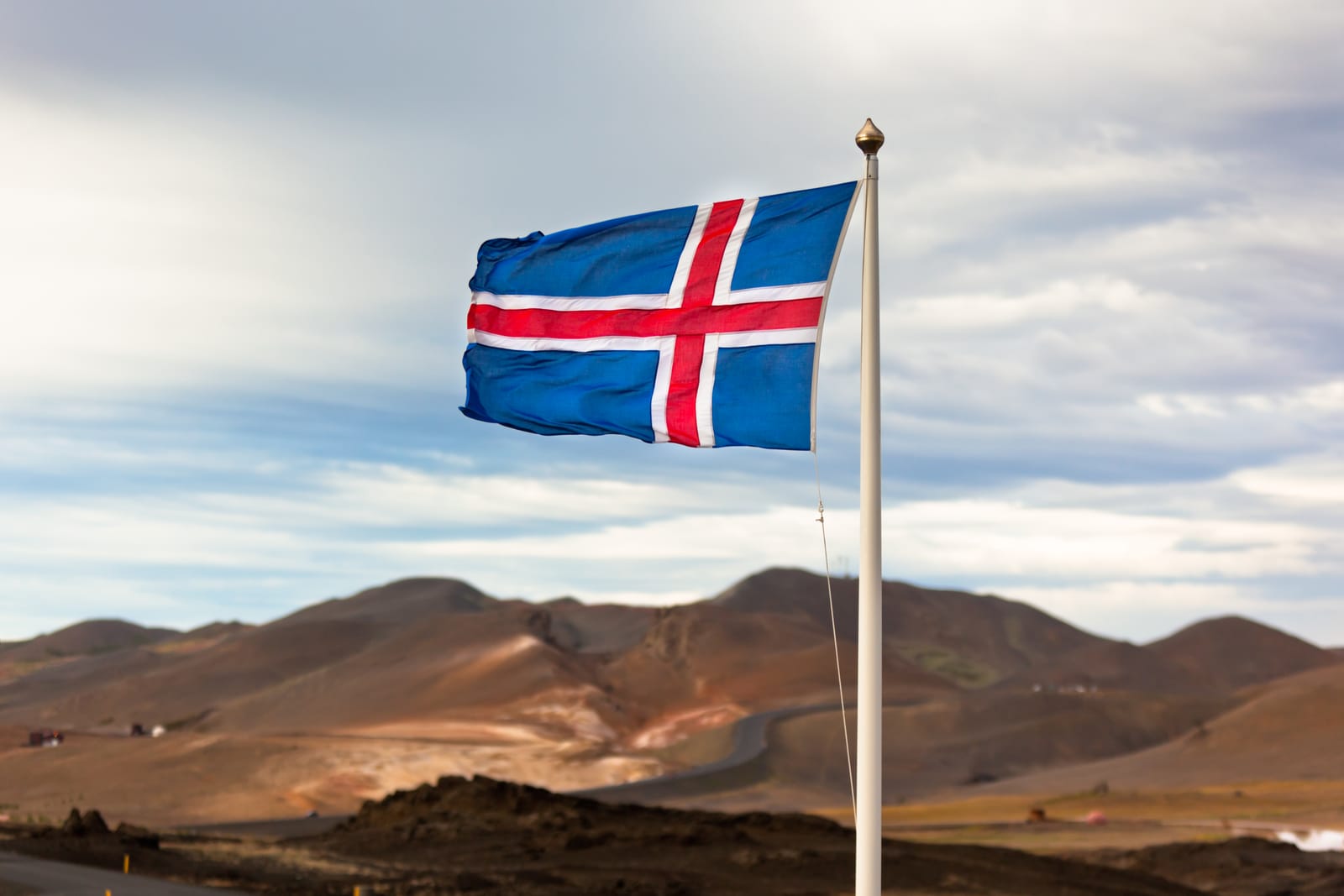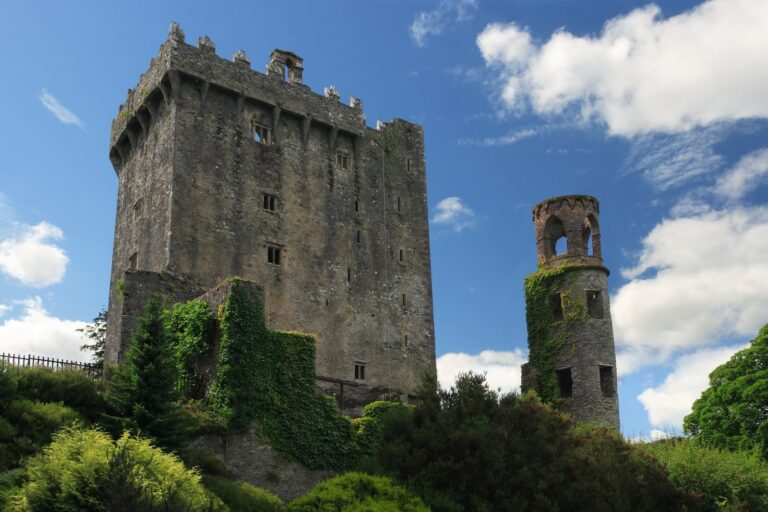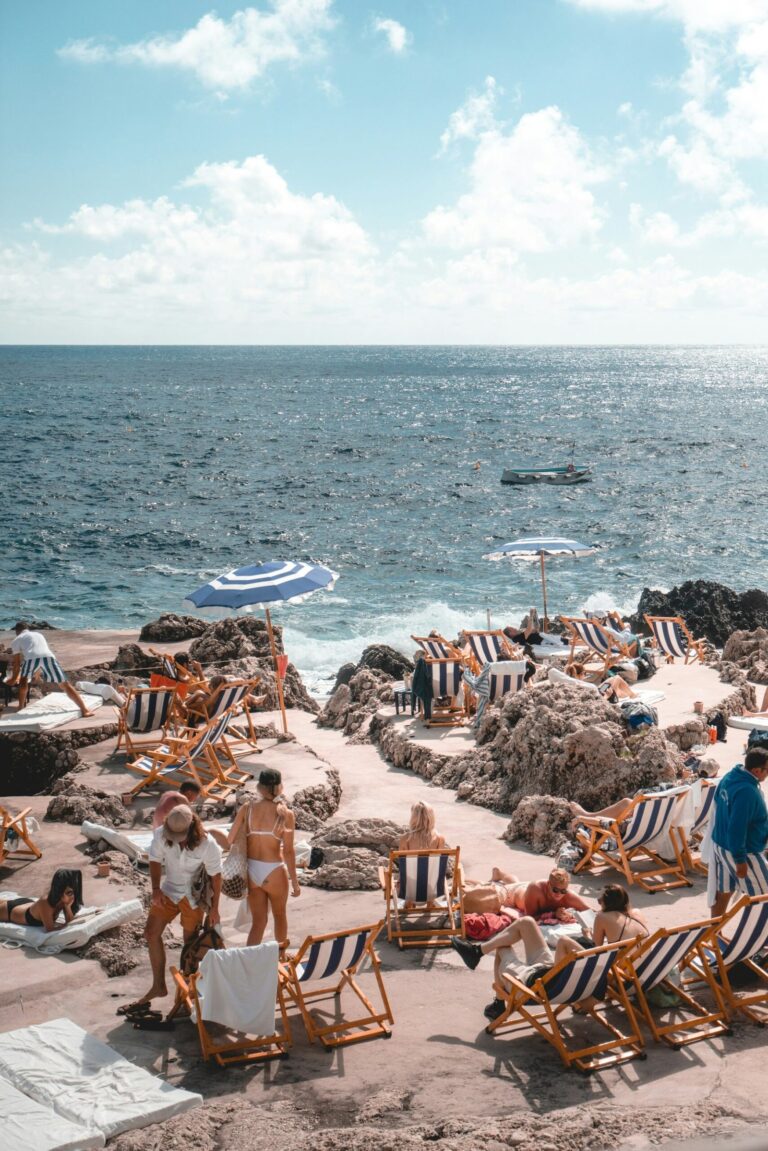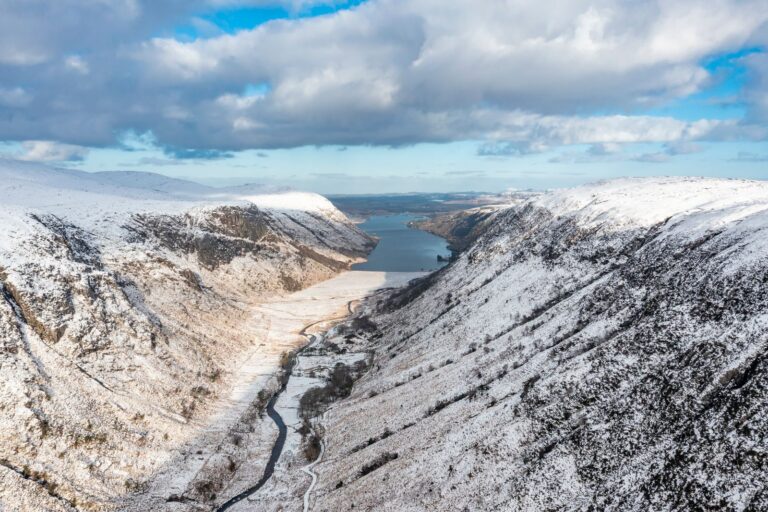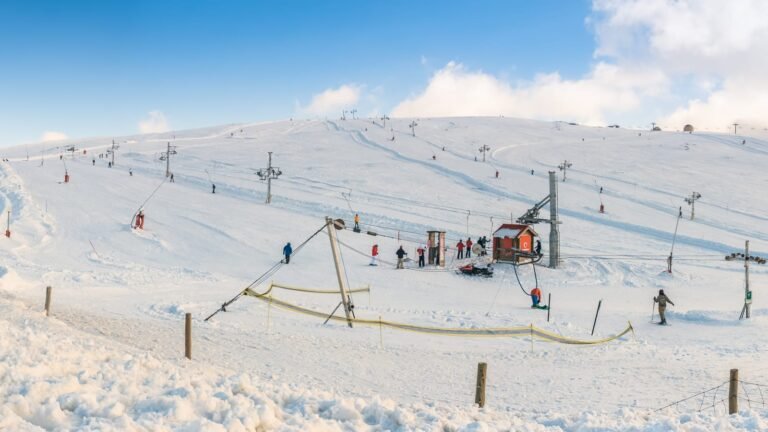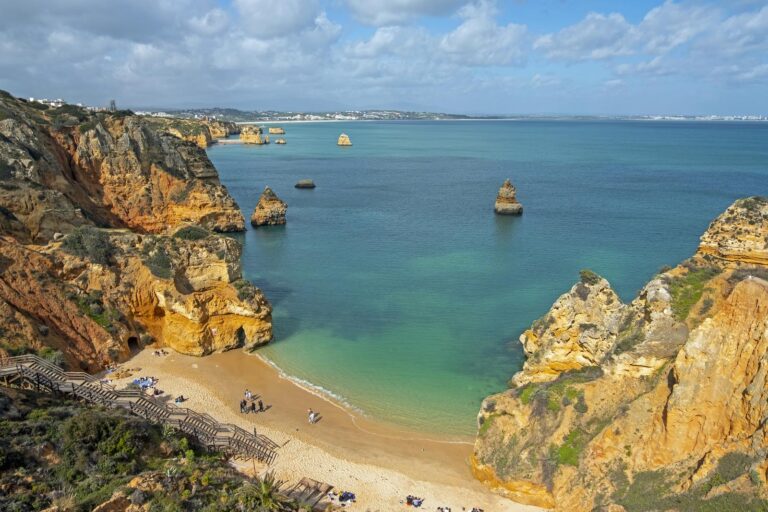Is Iceland Expensive? A Guide to Understanding Travel Costs
Iceland is a stunning destination known for its breathtaking landscapes, unique culture, and outdoor adventures. If you’re considering a trip to this beautiful country, you might be wondering about the cost involved.
Iceland is generally considered an expensive place to visit, with high prices for accommodation, food, and activities compared to many other destinations.
Traveling to Iceland can be manageable with some planning. While airfare may be reasonably priced, you’ll find that lodging options can start at $30 for hostels, rising significantly for hotels and private rooms.
If you’re looking to experience the country’s natural wonders without breaking the bank, knowing where and how to save money will be important.
As you explore this article, you’ll discover tips for budgeting effectively while enjoying everything Iceland has to offer. From choosing the right season to visit to affordable eating and transportation options, you’ll be equipped with the knowledge to make your trip both memorable and financially feasible.
Understanding Iceland’s Economy
Iceland’s economy is characterized by its small size and significant contributions from various sectors. A notable aspect is the interplay between the currency, pricing, and tourism, which shapes how expensive life can be in Iceland.
Currency and Prices
Iceland uses the Icelandic króna (ISK) as its currency. The króna’s value can fluctuate, impacting the cost of goods and services.
In recent years, prices in Iceland have been generally higher than in many other countries, driven by import costs and a lower population, which increases demand.
To give you an idea, here are some typical prices you might encounter:
- Meal at a restaurant: 3,500 – 5,000 ISK
- Coffee: 500 – 700 ISK
- Grocery bill for one week: 10,000 – 25,000 ISK
As you can see, dining out can quickly add up, making budgeting for your trip essential.
Tourism’s Impact
Tourism significantly drives Iceland’s economy, attracting over two million visitors annually. This influx of tourists creates a demand for services, which often results in price increases, especially in popular areas like Reykjavík and the Golden Circle. Luckily, it’s a very safe place to visit.
When exploring, you’ll notice that accommodations vary widely in price, with budget options starting around 5,000 ISK per night in hostels, while hotels might cost 20,000 ISK or more. Activities, such as guided tours for the Northern Lights or Glacial hikes, can range from 10,000 to 30,000 ISK per person.
While tourism boosts the economy, it contributes to higher living costs, influencing how expensive you might find your visit to Iceland. An advantage is that everyone speaks English, making navigating in Iceland so much easier.
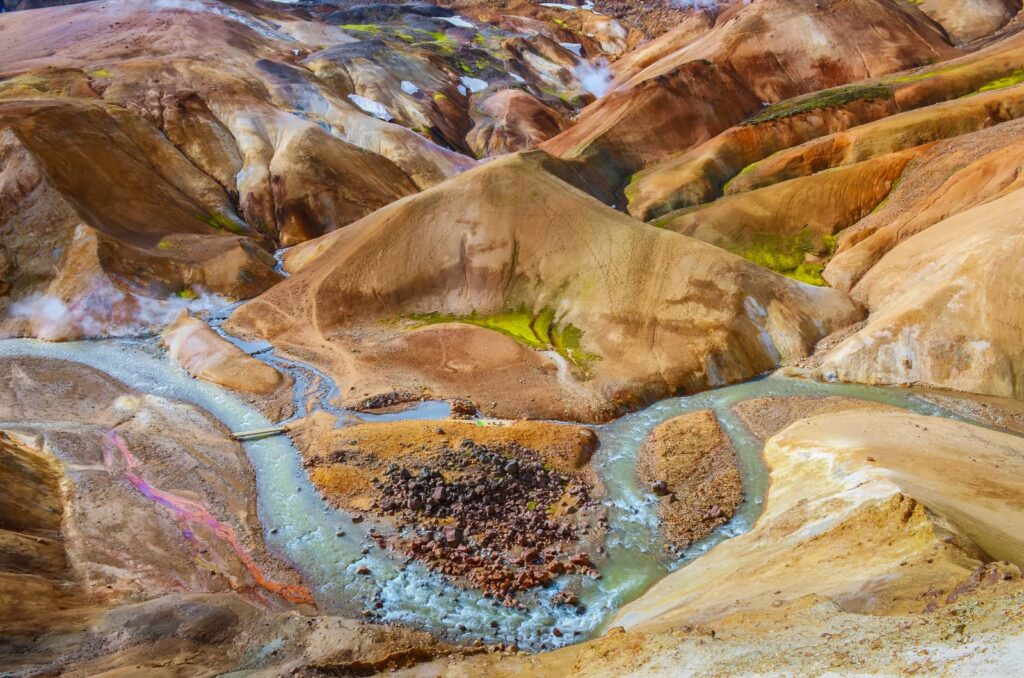
Cost of Travel in Iceland
Traveling to Iceland can be a rewarding experience, but it’s essential to plan your budget carefully. Different aspects of your trip, such as transportation, accommodation, food, and activities, can significantly impact your overall expenses.
Transportation Expenses
Getting around Iceland can be expensive, largely due to the high cost of fuel and car rentals. Renting a car is a popular choice for visitors eager to explore the countryside. Daily rates can start from around $50 to $150, depending on the vehicle and season.
Public transportation is available, but it is limited outside Reykjavik. Buses can be a cost-effective alternative, with fares generally around $3-$5 per ride. If you’re flying into the country, consider that airport transfers may add another $20 to $30 to your costs.
Accommodation Costs
Accommodation in Iceland varies widely, catering to different budgets. Hostels and guesthouses are the most economical options, with prices ranging from $20 to $135 per night, depending on the season and location.
Hotels, especially in Reykjavik, tend to be pricier, with an average nightly rate from $100 to $300. For those seeking luxury, upscale hotels can easily exceed $400 per night. It’s wise to book in advance to secure the best rates and availability.
Food and Dining Prices
When it comes to eating in Iceland, expect to spend more than in many other countries. A meal at a budget restaurant can cost around $20 to $30, while a three-course meal for two at a mid-range restaurant may set you back $80 to $150.
If you want to save some money, consider preparing your own meals. Grocery store prices are generally reasonable, with common staples like bread, pasta, and vegetables available. Dining out can be memorable but plan to budget accordingly for food expenses.
Activity and Entry Fees
Iceland is known for its stunning natural landscapes and outdoor activities, many of which involve an entry fee. Popular attractions like the Blue Lagoon can cost around $60 to $90 per adult, while other natural sites, like national parks, may have lower or no entry fees.
Many tours, such as glacier hikes, Northern Lights tours, or whale watching, range from $70 to $200, depending on the length and inclusions. Always factor in these costs when planning your itinerary to ensure you enjoy everything this beautiful country has to offer.
Living Expenses for Residents
Living in Iceland brings unique expenses that can impact your budget significantly. From housing to groceries, it’s essential to understand the various costs you will face as a resident.
Housing and Utilities
Housing costs in Iceland can be quite high. Renting a one-bedroom apartment in Reykjavik typically ranges from €1,200 to €1,800 per month, depending on the location and amenities. If you have a family or prefer more space, larger apartments or houses can cost even more.
Utilities, which include heating, electricity, and internet, generally run between €200 and €400 monthly. Iceland’s natural geothermal heating can help keep costs lower than in many countries. Nonetheless, ensure you budget adequately for this essential expense.
Groceries and Shopping
When it comes to groceries, you might find prices higher than in many other countries. A typical monthly grocery bill for one person can reach around €300 to €400. Basic items like bread, milk, and eggs can cost more, with bread typically priced at about €2 per loaf and a liter of milk around €1.30.
Shopping options vary, with discount stores like Bónus and Krónan offering competitive prices. If you enjoy fresh produce, exploring local farmers’ markets can also be a great way to find quality items at reasonable prices.
Healthcare and Education
Iceland provides a robust healthcare system, funded primarily through taxation. As a resident, you benefit from low out-of-pocket costs, with many services covered by the national health service. You may pay a nominal fee for doctor visits, typically around €20.
Education is free for residents in public schools, including secondary education. For higher education, universities offer low tuition fees, which can range from €500 to €2,500 per year for international students. Investing in education is generally more affordable compared to many other countries.
Comparing Iceland with Other Countries
When looking at costs, it’s helpful to compare Iceland with other nations. This gives you a clearer picture of how Iceland stacks up in terms of expenses, whether examining Scandinavian countries, broader European averages, or a global perspective.
Scandinavian Neighbors
Iceland’s cost of living is compelling when compared to its Scandinavian counterparts. Countries like Norway and Sweden frequently rank among the most expensive in Europe. However, Iceland often falls slightly below them in rankings.
Here’s a quick comparison of daily expenses:
| Expense Type | Iceland | Norway | Sweden |
|---|---|---|---|
| Average Meal | $25 | $30 | $20 |
| Public Transport | $5 | $6 | $4 |
| Basic Grocery | $100/month | $120/month | $90/month |
You might find that while dining out can be pricey in Iceland, grocery costs can be similar to or lower than neighboring countries. Understanding these differences helps you budget your trip effectively.
European Averages
In the broader European context, Iceland is recognized as one of the most expensive countries. The Eurostat report shows that Iceland consistently ranks high in consumer prices across goods and services.
For example, here are the percentages compared to the EU average:
- Iceland: 37% higher than EU average
- Germany: 10% higher than EU average
- France: 15% higher than EU average
This shows that while many Western European countries also have high living costs, Iceland’s prices can be significantly steeper. You should consider this when planning activities or shopping during your stay. Eastern European countries are significantly cheaper than Western European countries.
Global Perspective
On the global stage, Iceland ranks the 9th most expensive country according to Numbeo’s cost of living index. This places it in the same league as other affluent nations.
Here’s a breakdown of its ranking:
| Country | Rank |
|---|---|
| New Zealand | 1 |
| Switzerland | 2 |
| Iceland | 9 |
Despite these high costs, it is important to note that salaries also tend to be higher, which can balance the overall financial picture. Your experience in Iceland might justify the higher prices with its breathtaking landscapes and unique nature.
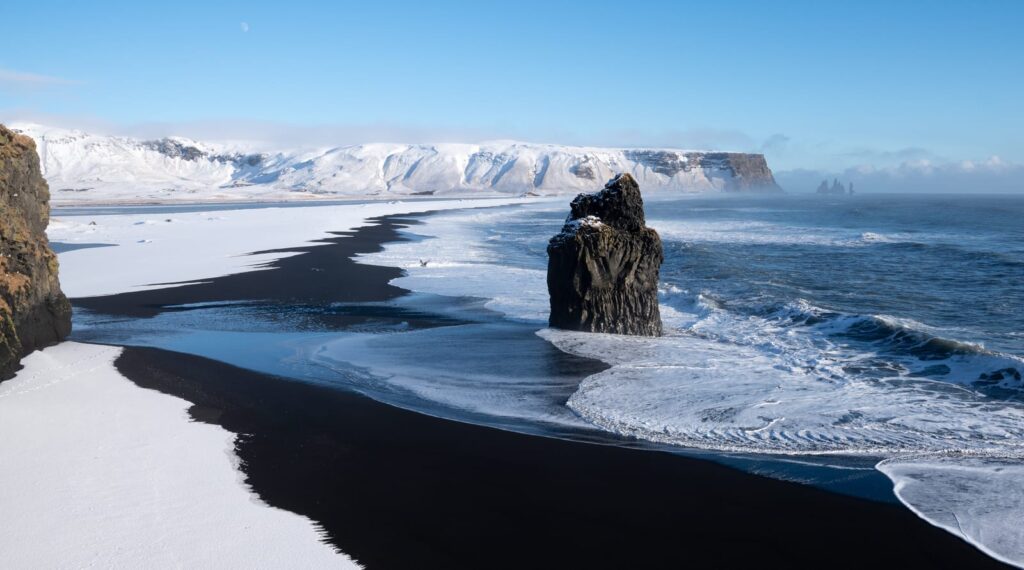
Budgeting Tips for Travelers
Traveling to Iceland can be an enriching experience, but costs can add up quickly. By focusing on strategic budgeting, you can enjoy the beauty of this destination without breaking the bank.
Finding Deals and Discounts
Being proactive in your travel planning can lead to significant savings. Start by browsing for flight deals well in advance. Use fare comparison websites to find the best rates.
Consider traveling during the off-peak season, typically from September to April. During these months, flights and accommodations are often cheaper.
Don’t forget to check for discounts on activities and attractions. Many offers can be found for group bookings or advance purchases. Look for the Reykjavik City Card, which grants you access to various museums and public transport.
You might snag some better deals on typical Icelandic souvenirs as well.
Alternative Accommodations
Hotels in Iceland can be pricey. Instead, consider alternative lodging options to save money. Hostels and guesthouses often provide a more affordable stay and can be a great way to meet fellow travelers.
Airbnb offers various options, from shared spaces to entire homes, which can be cheaper than traditional hotels. Camping is also a fantastic option, especially during the summer months when many campsites are available across the country. Make sure you check what facilities each site offers.
Cheap Eats and Grocery Shopping
Dining out in Iceland can be expensive. To manage food costs, prepare your meals whenever possible. Grocery stores like Bonus or Krambúðin offer a range of affordable options for cooking at your accommodation.
For a quick and inexpensive meal, consider trying local hot dog stands, often regarded as iconic. You’ll find tasty options for a fraction of the price of sit-down restaurants.
If you choose to dine out, opt for lunch specials or look for places that offer a “soup of the day.” These can often provide a hearty meal at a lower price.
Economical Times to Visit
Visiting Iceland at the right time can significantly impact your budget. Understanding the best times to travel can help you save on accommodation, flights, and activities. Consider the following periods for a more economical travel experience.
Off-Season Travel
Traveling during the off-season, specifically from late fall to early spring (October to March), can be the most budget-friendly choice. During these months, you can find lower prices on flights and accommodation because fewer tourists are visiting.
You may encounter discounts of 20-50% compared to peak season prices. Additionally, attractions are less crowded, giving you a more relaxed experience. Be mindful that the weather can be unpredictable, so pack accordingly, and check road conditions if you plan to explore.
Shoulder Season Advantages
The shoulder seasons, which span late spring (April to June) and early autumn (September), offer a balance of decent weather and reasonable prices. Accommodations often reduce rates during these months as the influx of tourists ebbs and flows.
In these times, you can often enjoy the beauty of blooming landscapes or the enchanting fall colors without the summer crowds. You might also find affordable tours and activities available at discounts. Just remember to book in advance to capture those lower rates!
Saving Money on Activities
Iceland offers plenty of opportunities to enjoy stunning scenery and rich cultural experiences without draining your wallet. By focusing on free natural attractions and cultural experiences, you can create unforgettable memories while keeping costs down.
Free Natural Attractions
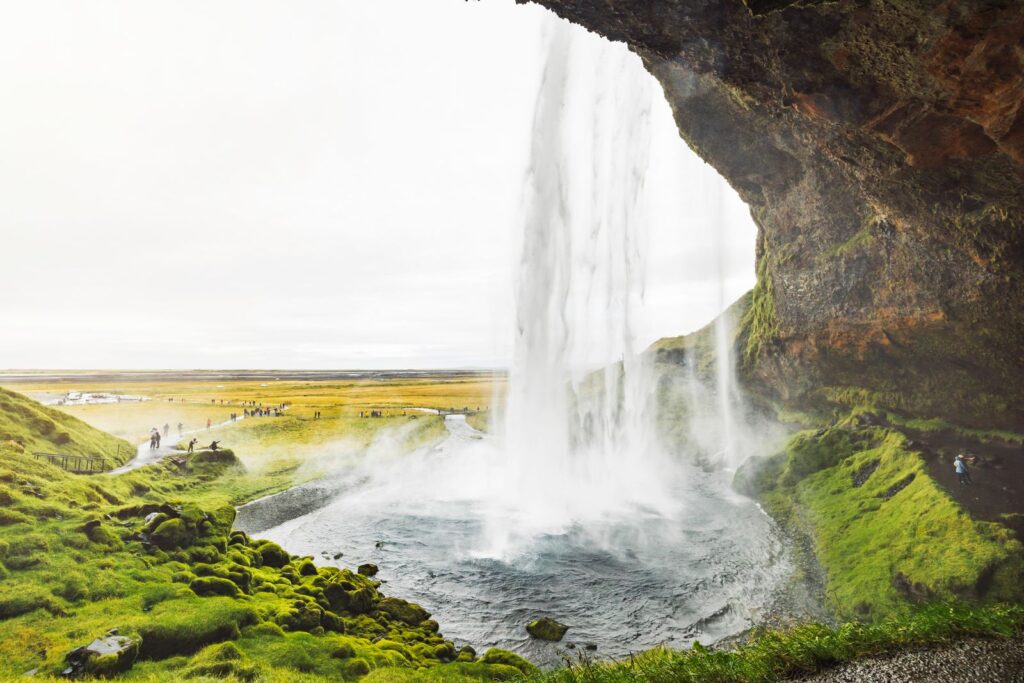
Iceland is renowned for its breathtaking landscapes, many of which are free to explore. National parks like Þingvellir and Snæfellsjökull provide access to dramatic scenery, including waterfalls, glaciers, and volcanic formations.
- Gullfoss Waterfall: This iconic waterfall is a must-see, and visiting it won’t cost you a dime.
- Reynisfjara Beach: Known for its black sand and unique basalt columns, this beach is perfect for a scenic stroll.
- Hiking Trails: Explore numerous hiking trails across the country, which allow you to experience Icelandic nature up close.
These attractions provide an excellent way to appreciate the beauty of Iceland while avoiding expensive entrance fees.
Cultural Experiences
Immerse yourself in Iceland’s vibrant culture through local experiences that are often free or low-cost.
Community Pools: Visit a local swimming pool to relax and unwind. These pools feature hot tubs and are usually much cheaper than touristy spas.
Local Festivals: Check out any festivals happening during your visit. Many are free and showcase local music, art, and food.
Art Galleries: Explore local art galleries in Reykjavik that often have no entrance fee and feature works by Icelandic artists.
Perfect to find some souvenirs to bring back for your loved ones or just to cherish the memories of your Iceland trip which we’re sure will be absolutely unforgettable!
Engaging with the local culture not only enriches your trip but also allows you to save money while experiencing the heart of Iceland.

